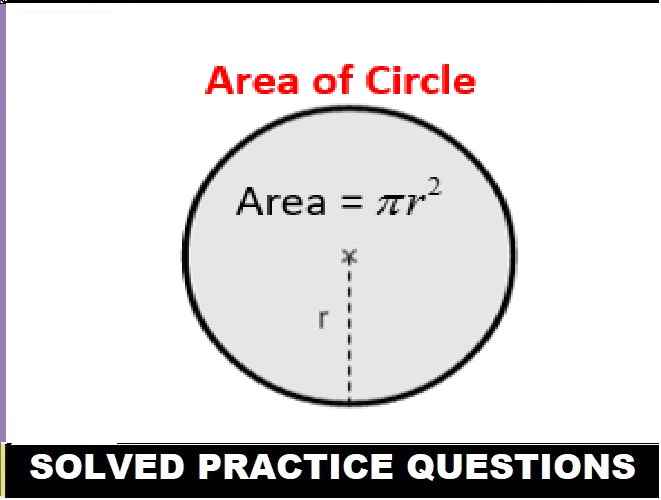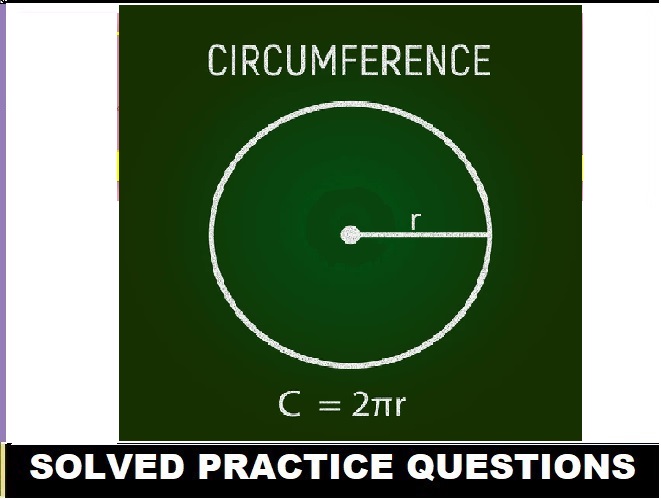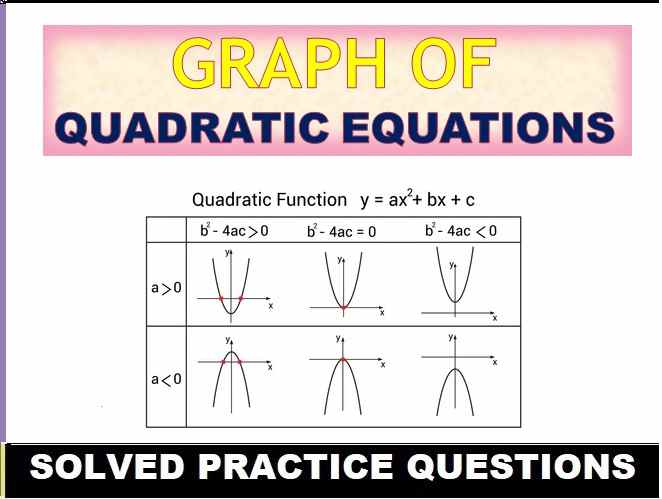Language of Chemistry Class-8th Goyal Brothers ICSE Chemistry Solutions Ch-5 (Language of Chemistry) Unit-1 We Provide Step by Step Answers of Objectives, True and False, Incorrect and Correct , Definitions , Match the followings and Short/Long Question Type answers of Ch-5(Language of Chemistry) Unit-1(Language of Chemistry). Visit official Website CISCE for detail information about ICSE Board Class-8
Language of Chemistry Class-8th Goyal Brothers ICSE Chemistry Solutions ch-5 unit-1
| Board | ICSE |
| Class | 8th |
| Subject | Chemistry |
| Book Name | Goyal Brothers |
| Chapter-5 | Language of Chemistry |
| Unit-1 |
Language of Chemistry |
| Topic | Solution of exercise questions |
| Session | 2023-24 |
OBJECTIVE TYPE QUESTIONS
Language of Chemistry Class-8th Goyal Brothers ICSE Chemistry Solutions ch-5 unit-1
Que: A. Fill in the blank spaces by choosing the correct words from the given list :
List : neutral, negative, symbol, atoms, radical
1. A symbol represents one atom of an element.
2. The molecular formula of compound is the number of atoms of each element in its one molecule.
3. The valency of all non-metals (except hydrogen) is considered negative.
4. A group of atoms having negative or positive charge is called radical.
5. Chemical compound is always electrically neutral.
Que: B. Statements given below are incorrect. Write the correct statements :
Question: 1. Chemical formula of aluminum sulphate is Al3(SO4)2.
Answer: Chemical formula of aluminum sulphate is Al2(SO4)3.
Question: 2. When magnesium is placed in contact with oxygen, it forms magnesium hydroxide.
Answer: When magnesium is placed in contact with oxygen, it forms magnesium oxide.
Question: 3. The substance/substance which take part in a chemical reaction is are known as active substance/substances.
Answer: The substance/substance which take part in a chemical reaction is are known as reactant.
Question: 4. When a chemical equation is made concise by using symbols and formulae, then it is called balanced equation.
Answer: When a chemical equation is made concise by using symbols and formulae, then it is called balanced reaction.
Question: 5. When wood burns in air, then this reaction is violated the law of conservation of mass.
Answer: When wood burns in air, then this reaction is obeyed the law of conservation of mass.
Que: C. Match the statements in Column A, with those in Column B :
| Column A | Column B |
| 1. Short form of an element. | (a) Chemical equation |
| 2. Symbolic representation of a compound. | (b) Valency |
| 3. The number of hydrogen atoms which combine directly of indirectly with one atom of an element, so as to form a compound. | (c) Symbol |
| 4. Mass of reactants = Mass of products. | (d) Chemical formula |
| 5. A statement that describes a chemical reaction in terms of symbols and formulae. |
(e) Law of conservation of mass |
Answer:
| Column A | Column B |
| 1. Short form of an element. | (a) Symbol |
| 2. Symbolic representation of a compound. | (b) Chemical formula |
| 3. The number of hydrogen atoms which combine directly of indirectly with one atom of an element, so as to form a compound. | (c) Valency |
| 4. Mass of reactants = Mass of products. | (d) Law of conservation of mass |
| 5. A statement that describes a chemical reaction in terms of symbols and formulae. |
(e) Chemical equation |
Que: D. Write ‘True’ or ‘False’ for the following statements :
| Statements | True/False |
| 1. A chemical equation that represents a chemical reaction briefly in words is called word equation. | F |
| 2. The products are always written on the right hand side in a chemical equation. | T |
| 3. Law of conservation of mass is always violated in a chemical reaction in which gas is evolved. | F |
| 4. Chemical equation does not state about the number of molecules of each reactant taking part in a chemical reaction. | F |
| 5. If a catalyst slows down the rate of chemical reaction, it is called negative catalyst. |
T |
Que: E. Tick (√) the most appropriate answer :
1. Symbol represents the short form of a/an
(a) molecule
(b) element
(c) compound
(d) radical
Answer: option (b) element is correct.
2. Chemical formula is the symbolic representation of actual number of atoms present in one …………….. of a substance.
(a) compound
(b) element
(c) molecule
(d) radical
Answer: option (c) molecule is correct.
3. When an element exists as a molecule which consists two or more
(a) ions
(b) radicals
(c) atoms
(d) valency
Answer: option (b) radicals is correct.
4. The chemical formula of calcium chloride is
(a) CaCl
(b) Ca2Cl
(c) CaCl2
(d) Ca2Cl2
Answer: option (c) CaCl2 is correct.
5. A substance which does not take part in a chemical reaction, but change the rate of chemical reaction, is called :
(a) reactant
(b) active element
(c) excited element
(d) catalyst
Answer: option (d) catalyst is correct.
STUDY QUESTIONS
Language of Chemistry Class-8th Goyal Brothers ICSE Chemistry Solutions ch-5 unit-1
Question: 1. (a) What is a symbol?
Answer: A chemical symbol is a representation of chemical elements using one or two letters. Every element of the periodic table is represented by a different symbol.
(b) What qualitative and quantitative information is conveyed by s symbol?
Answer: The major qualitative information conveyed by a symbol is the identification of the element. Quantitative information: Each element in the periodic table is associated with a mass number and the atomic number which is the most important quantitative information conveyed by a symbol.
Question: 2. (a) What do you understand by the term chemical formula?
Answer: The chemical formula of a compound means the symbolic representation of the composition of a compound. A chemical formula for a molecule is represented by the group of symbols of the elements that constitute the molecule, and the number of atoms of each element present in one molecule.
(b) What qualitative information is given by the formula HCl?
Answer: HCl is the formula of hydrogen chloride gas. This is the qualitative information of the symbol.
Question: 3. (a) What do you understand by the term variable valency?
Answer: The element exhibits more than one electropositive valency. Such elements are said to have variable valency.
(b) How are the elements having variable valency named?
Answer: The suffix “ous” is used to indicate lower valency, and the suffix “ic” is used to indicate the higher valency. Example: Iron( ), for the lower valency, the suffix “ous” is added- Ferrous ( ). For the higher valency “-ic” is added- Ferric.
Question: 4. Write the chemical formulae of the following compounds :
(a) Magnesium sulphate
Answer: MgSO4
(b) Aluminum sulphate
Answer: Al2(SO4)3
(c) Aluminum phosphate
Answer: AlPO4
(d) Potassium chlorate
Answer: KClO3
(e) Potassium nitrate
Answer: KNO3
Question: 5. What do you understand by the term chemical equation?
Answer: A chemical equation is a brief representation of a chemical change in terms of symbols and formulae. The substances which react among themselves to bring about the chemical change are known as reactants, whereas the substances which are produced as a result of the chemical change are known as products.
(b) Why should a chemical equation be always balanced?
Answer: The chemical equation needs to be balanced so that it follows the law of conservation of mass. A balanced chemical equation occurs when the number of the different atoms of elements in the reactants side is equal to that of the products side.
Question: 6. Balance the following equations:
(a) KNO3 → KNO2 + O2
Answer: 2KNO3 → 2KNO2 + O2
(b) Mg + O2 → MgO
Answer: 2Mg (s) + O2 (g) → 2MgO (s)
(c) KCIO3 → KCI + O2
Answer: 2KCIO₃ → 2KCI + 3O₂
Question: 7. (a) State law of conservation of mass.
Answer: The law of conservation of mass states that mass in an isolated system is neither created nor destroyed by chemical reactions or physical transformations. According to the law of conservation of mass, the mass of the products in a chemical reaction must equal the mass of the reactants.
(b) What information is conveyed by a balanced chemical equation?
Answer: The physical states of reactants and products, relative amounts of reactants and products and the specific reaction conditions under which the reaction undergoes.
Question: 8. (a) Define catalyst.
Answer: A substance that increases the rate of a chemical reaction without itself undergoing any permanent chemical change is called a catalyst.
(b) Describe use of catalyst in a chemical reaction with suitable example.
Answer: The rate of reaction is increased or decreased and we require lesser activation energy. There are many good examples of catalysts. Some famous ones are: The Iron catalyst used in the Haber-Bosch process, which is the main industrial process for ammonia production.
— : end of Language of Chemistry Class-8th Goyal Brothers ICSE Chemistry Solutions ch-5 unit-1 :–
Return to- ICSE Class -8 Goyal Brothers Chemistry Solutions
Thanks
Please share with yours friends if you find it helpful.


